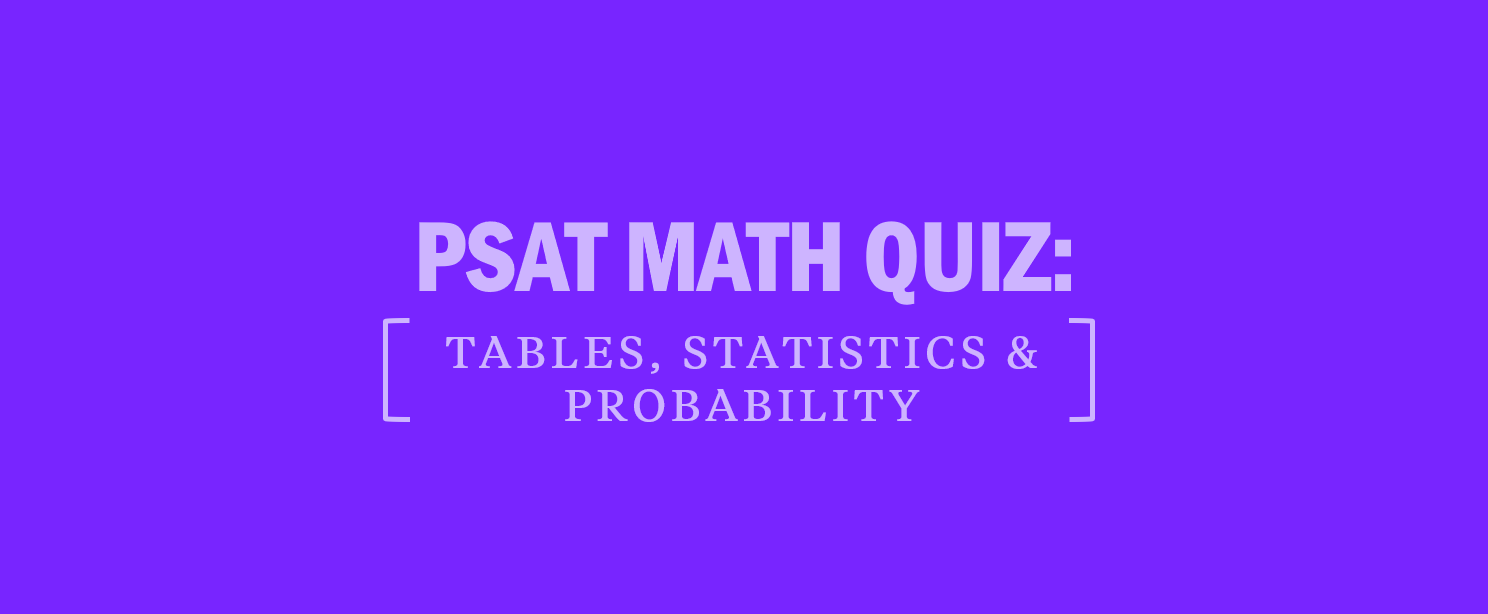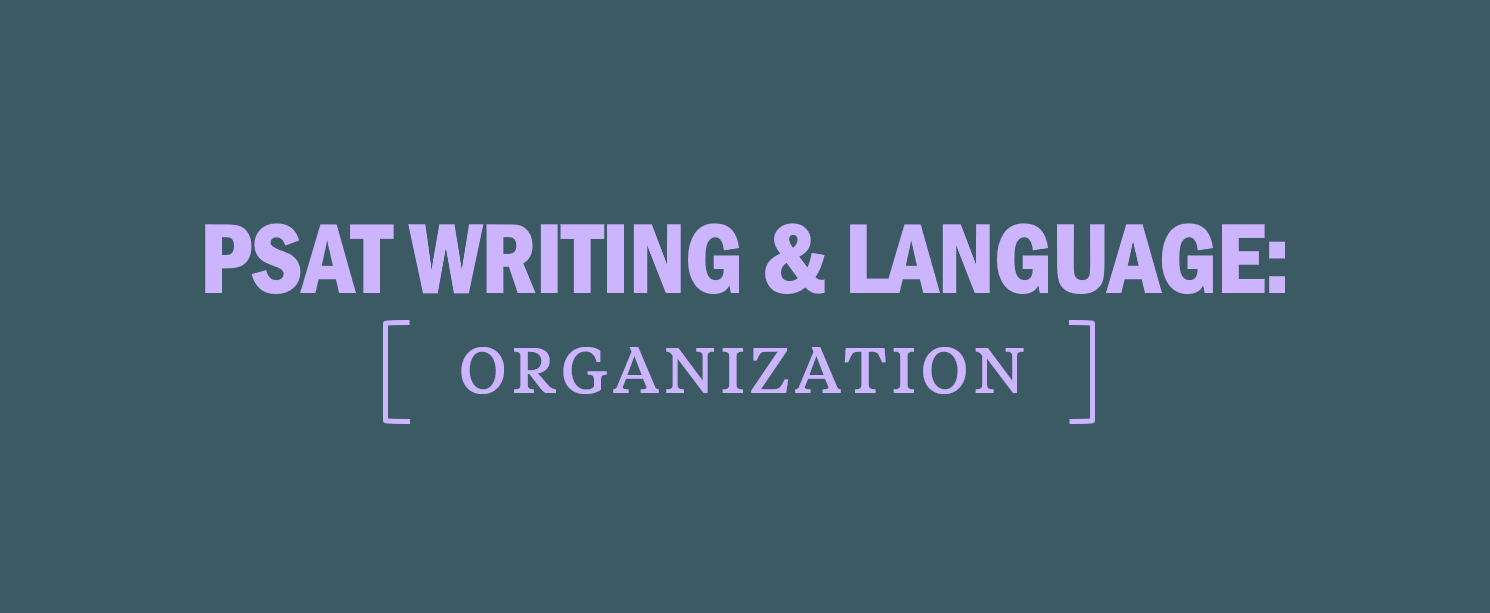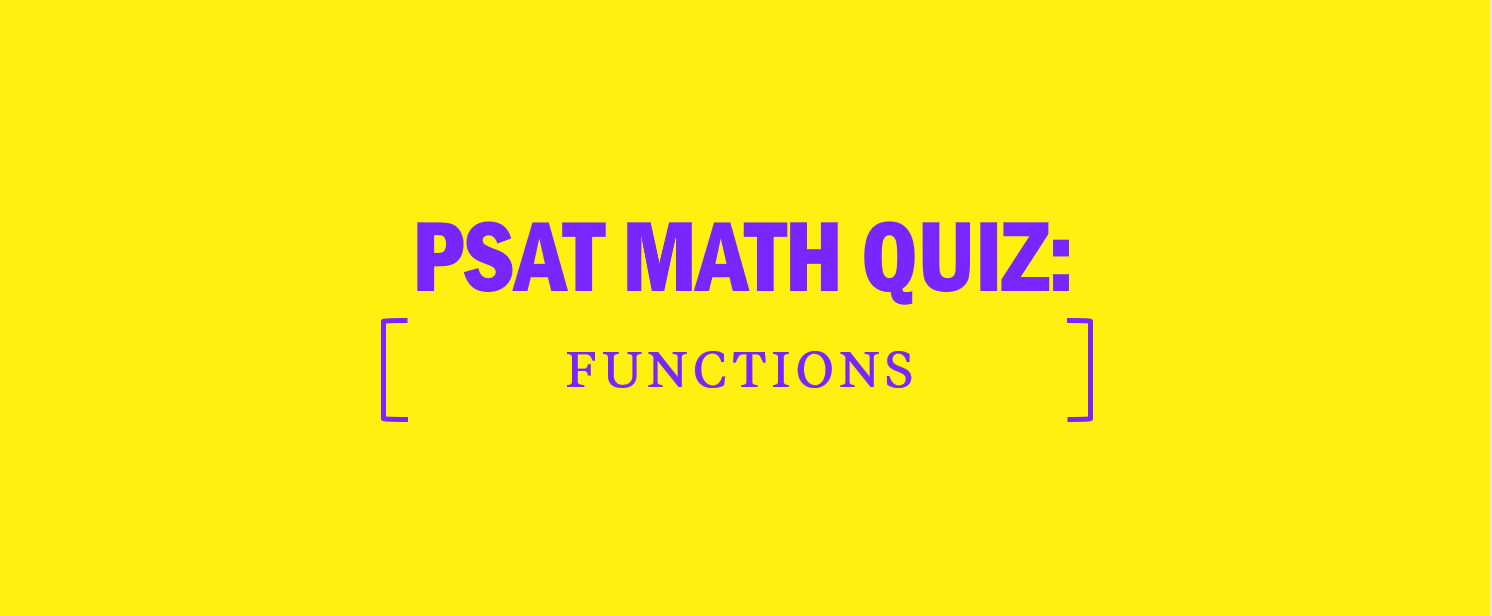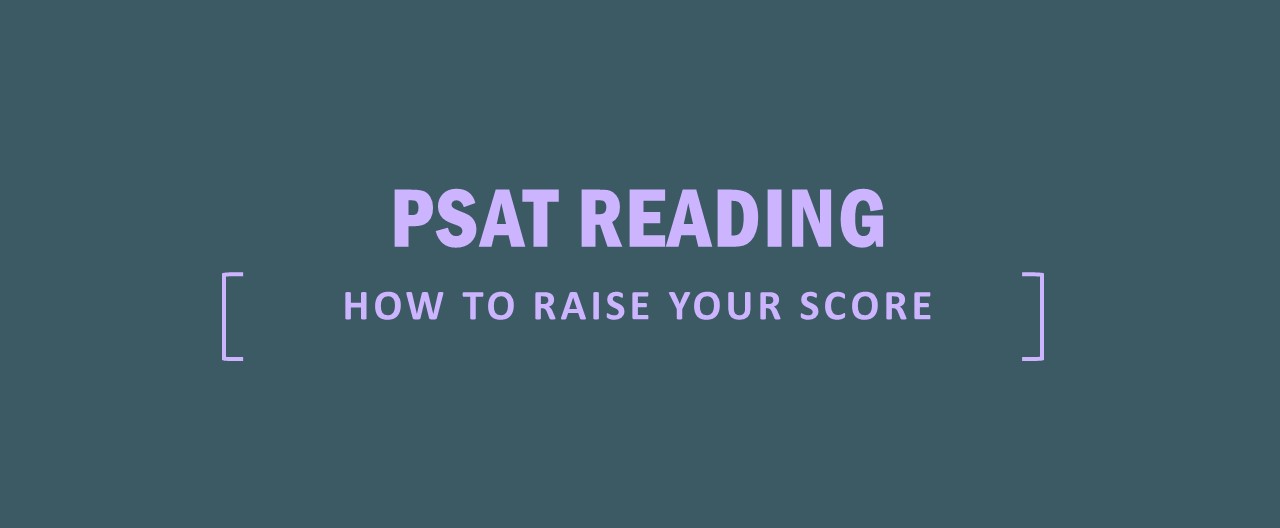What Is a Good PSAT Score? (2026)
- A good PSAT score is a score of 1270 or higher, which would put you in at least the top 10% of test takers.
- A “perfect” score on the PSAT would be the maximum score of 1520.
- The PSAT score you need to earn a National Merit Scholarship varies by state.
- Only your 11th-grade PSAT/NMSQT score can qualify you for National Merit scholarships.
Your PSAT score is a good indicator of how well you will do on the SAT, so it’s important to understand PSAT scoring and to review your score report. Your overall PSAT score will range from 320 (lowest) to 1520 (highest) and is calculated by adding your two section scores together. In this guide, we’ll break down how the PSAT is scored so you can review PSAT score ranges and understand what a good PSAT score is.
TABLE OF CONTENTS:
- When do PSAT scores come out?
- How PSAT Scoring Works
- PSAT Score Ranges & Percentiles
- The National Merit Scholarship Program & the PSAT
When do PSAT scores come out?
Students who take the PSAT/NMSQT will typically receive their scores about two to four weeks after taking their exams. Since schools administer the exam in October, students will likely receive their scores in late October through mid-November.
When your score is ready, you will have two options for viewing your score report: asking your school counselor for a PDF of your score report or logging into the BigFuture School mobile app.
How PSAT Scoring Works
On your score report, you will see how you did on each section and your score percentile. Your PSAT score report will include information about next steps and whether or not you are eligible for the National Merit Scholarship Program.
- Your score report will provide detailed information about your scores, percentiles, and more.
- You will receive a score ranging from 160 to 760 on each of the two sections (Reading & Writing and Math).
- Your overall PSAT score will range from 320 to 1520 and is calculated by adding your two section scores together.
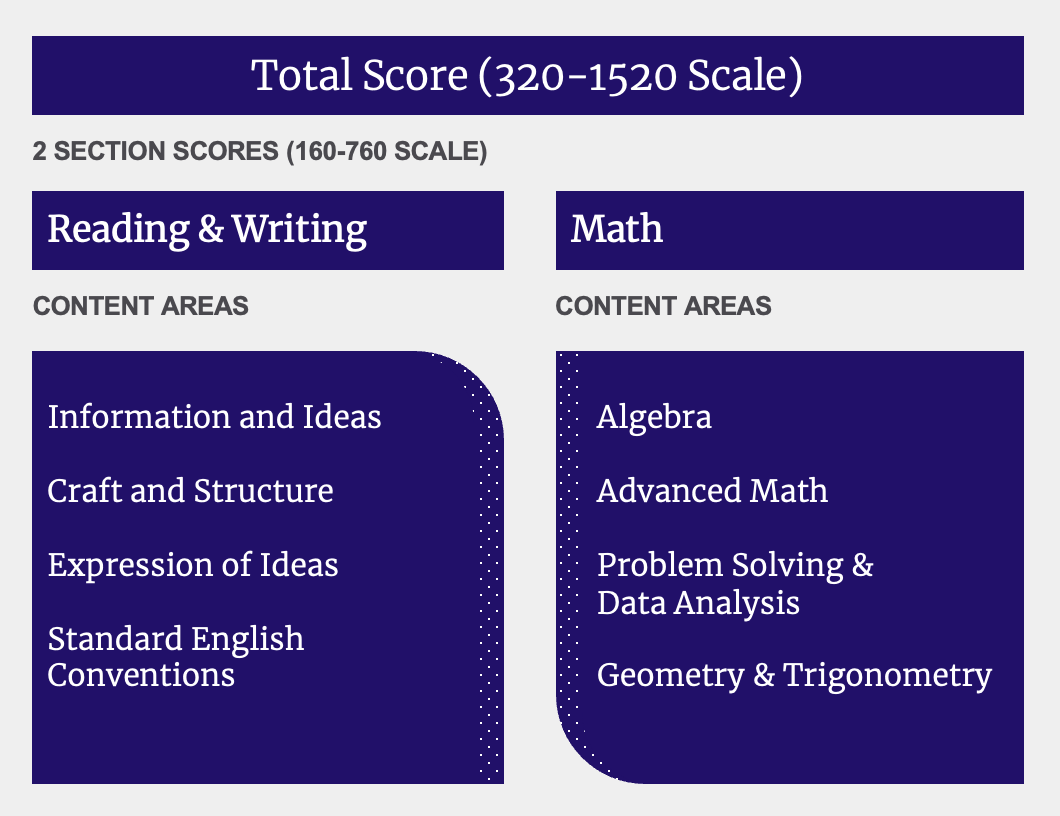
PSAT Score Ranges & Percentiles
Below are PSAT scoring ranges and percentiles, based on actual scores of 11th grade students who took the exam in the past three years.
[ GOOD TO KNOW: What Does Your PSAT Score Mean for the SAT or ACT? ]
Why take the PSAT?
PSAT/NMSQT stands for Preliminary SAT/National Merit Scholarship Qualifying Test and is taken in high school, usually during a student’s junior year. Below, we list four reasons why students should take the PSAT.
The National Merit Scholarship Program & the PSAT
The top 50,000 scorers on the PSAT are recognized by the National Merit Scholarship Corporation (NMSC). Of the top 50,000 scorers, 34,000 are classified as Commended Students, and the top 16,000 scorers become Semifinalists. Approximately 15,000 Semifinalists become Finalists and will receive Certificates of Merit.
All National Merit Scholarship winners will be chosen from the group of Finalists based on their abilities, skills, and accomplishments. Almost 7,000 of the Finalists (6,930) will win National Merit Scholarships, and 660 other students will receive Special Scholarships provided by corporate sponsors. Winners share in the more than $33 million in National Merit Scholarship money. Only juniors who took the PSAT/NMSQT in fall 2025 are eligible to enter the 2027 National Merit Scholarship Program.
Many high scorers who don’t receive National Merit Scholarships are awarded merit scholarships from the schools to which they apply based on their high PSAT scores. Whether you qualify as a Commended Student, a Semifinalist, a Finalist, or a full-fledged National Merit Scholar, it’s definitely worth noting this achievement on your college applications.
[ RELATED READING: How to Become a National Merit Scholarship Finalist ]
What PSAT score do you need to become a National Merit Scholarship Finalist?
National Merit uses Selection Index scores to determine who qualifies for the National Merit program. To calculate your Selection Index score, multiply your PSAT Reading & Writing score by 2, add it to your Math score, and then divide the result by 10. The College Board includes your Selection Index score on your PSAT/NMSQT score report. You will see an asterisk next to the National Merit Selection Index score if you are not eligible for the National Merit Scholarship Program.
The Selection Index score needed to be a National Merit Scholarship Semifinalist depends on the state in which you live. Each state has a preset number of Semifinalists, and once scores come in for students, that determines the cutoff score for that year in that state. For example, if you took the PSAT/NMSQT in 2024 and were living in California at that time, you needed to have a Selection Index score of 224 to qualify as a Semifinalist. If you lived in South Dakota, you needed to score a 211.
The current Semifinalist cutoff scores by state won’t be released until after PSAT score reports are back. Regardless of the exact cutoff for your state, all of the students who qualify earn high scores; less than the top 1% of high school students advance to become Semifinalists.
For more information on the National Merit Scholarships and Special Scholarships, visit www.nationalmerit.org.
How would you do on the PSAT? Practice with our quick quiz!
Written by Kaplan experts, reviewed by Melissa McLaughlin, Pre-College Content Developer and Heather Waite, Director of Content and Curriculum, Pre-College.



